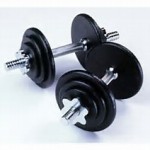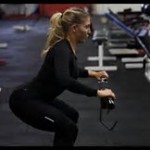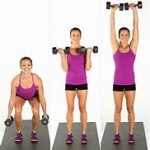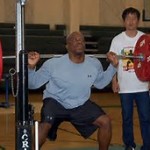Slow down your weight training. Add pauses to reduce momentum!
When lifting weights, pause at the top of the range of motion and pause at the bottom of the range of motion. Adding in one to two second pauses reduces momentum during weight training. Reducing momentum means your muscles work harder instead of bouncing or swinging through your routine.
*Consult your physician before performing exercise.
 Subscribe
Subscribe






